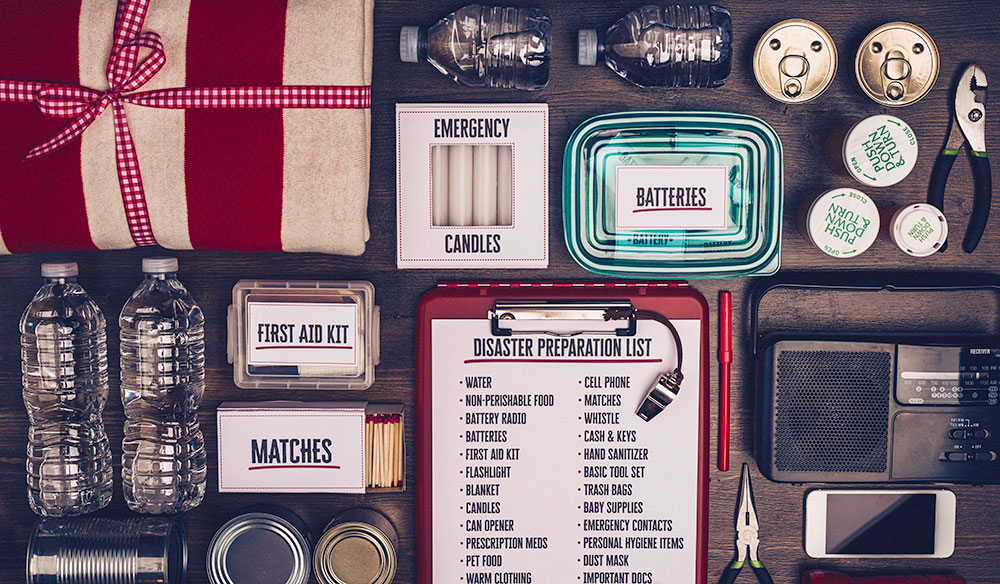
Document your home and possessions before a natural disaster strikes
Taking a comprehensive inventory of your home and possessions makes it easier if you’re hit with an unexpected disaster. Not only does it help you settle an insurance claim faster, it also helps document financial losses for your tax return and determine the right amount of homeowners insurance.
How to Inventory Your Home
If a disaster strikes you can only claim what you can prove was destroyed. And your insurance coverage for destroyed possessions is between 50 and 70 percent of your homeowners insurance. That’s why it’s important for anyone who owns a home to complete an up-to-date home inventory.
Because a home inventory can feel like such a big process, some homeowners balk at the idea. But ask any insurance agent and they’ll tell you a home inventory is a must-have. Here are five steps to knocking out your home inventory in an afternoon.
- Gather your equipment.
You’ll need:- Spreadsheet software or online life management solution to record information like item name, description, serial number, approximate date of purchase, estimated value, and physical location.
- Camera, video camera, or smartphone with camera and/or video capabilities to visually capture your possessions.
- Receipts, proof of sale, or appraisal documentation on any big ticket and/or high value items.
- Capture each room – Either take pictures or digitally record a 360-degree view of each room. Some experts suggest verbally narrating your recording with item details like, “Antique rocking chair from great-grandmother, solid oak with original upholstery, appraised at $2,000 in 2017.”
- Go high value – Next, focus on big ticket or high value possessions. This can include TVs, digital cameras, recording equipment, expensive sports gear, furniture, instruments, jewelry, art, and antiques. Take a picture. Then record all known details about the item on your spreadsheet or in your life management application.
- Count quantities – For things like clothing and books, count quantities. For clothing, count quantities by item type: shirts, pants, sneakers, etc. For any items that are especially valuable (first edition books, designer clothing), see step 3.
- Get organized – Upload photos and recordings to your computer. Also scan and upload any receipts, proof of sale, or appraisal documentation for high value items. Save everything in the same place as your spreadsheet both locally on your hard drive as well as in the cloud. Print a hard copy and store it off-site at your bank or with a trusted contact along with copies of receipts, proof of sale, or appraisal documentation. Or organize everything with your online life management application.
Home inventories help you and your family recover faster from unexpected events like fire, flood, hurricanes, and even theft. Don’t wait—complete your home inventory today.
————-
About LifeExec
LifeExec is an online life management web application designed to help you complete, manage, store, and update your home inventory securely in the cloud. To learn more and get a free 30-day trial, visit www.lifeexec.com.





